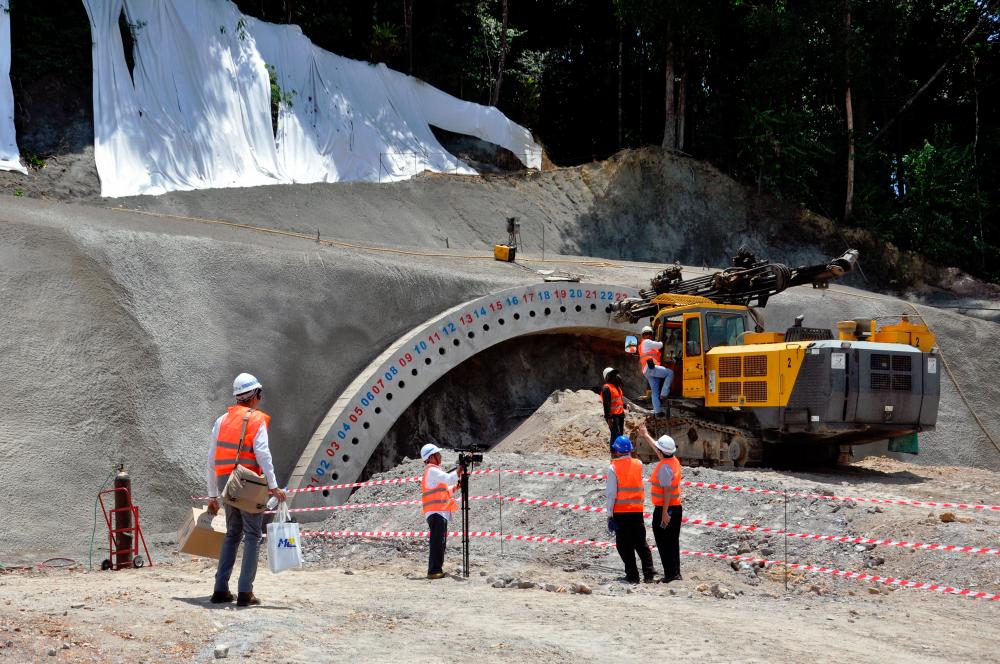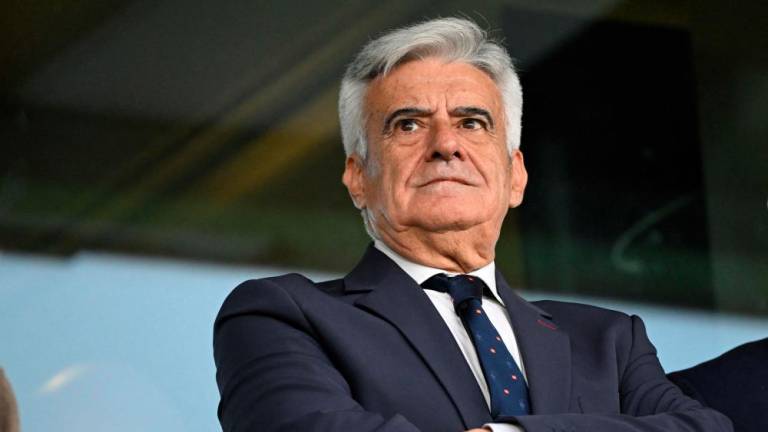PETALING JAYA: MIDF Research estimates the revised and revived RM44 billion East Coast Rail Link (ECRL) project to contribute 2.7% to Malaysia’s economic growth.
“However, the full estimated GDP contribution will depend on the pace of spillover effects to other economic sectors,” the research house said in its thematic report on ECRL.
MIDF noted that moving forward, the railway project would affect economic expansion through both direct and indirect medium in the long run, partly by jobs creation, opening-up new areas, foreign direct investment, increase external trade activities and strengthening domestic demand.
It highlighted that there is a high output multiplier for railway investment as for each ringgit investment, it will generate RM2.05 of output to total economic activity.
However, it has a low value-added multiplier of only 33 sen, which means for every RM1 spent, it will only reward the Malaysian economy in terms of value-added by less than 50 sen.
“Nevertheless, we opine the investment in railway (ECRL) will spur economic growth and development in Malaysia amid of the strong output multiplier effects.”
With ECRL, MIDF believes it will generate more economic activities in other sectors hence shifting to a less government-reliant economy, in line with Prime Minister Tun Dr Mahathir Mohamad’s idea to downsize the public sector over a period of time through industrialisation amid increasing burden towards the nation’s financial health.
Apart from that, the research house sees possible spillover effects on ports from the ECRL, with Port Klang and Kuantan Port being the main beneficiaries.
“Despite the rerouting of the ECRL from Gombak to Negri Sembilan, we opine that this should not heavily impact the flow of freight traffic. We still believe that travel time taken from Shenzhen, China via Kuantan Port and ECRL to Port Klang could be reduced by slightly more than a day instead of passing by the Straits of Malacca.”
MIDF also sees ECRL having the potential to further spur Malaysia’s oil and gas industry as it links Malaysia’s financial hub in the west with the country’s oil and gas hub in the east.
“The ECRL will allow for human capital and goods to be easily transported from west to east, thus allowing for greater connectivity of goods from Port Klang to Kertih and Kemaman.”
Currently, the only mode of transportation from west to east is via road.










